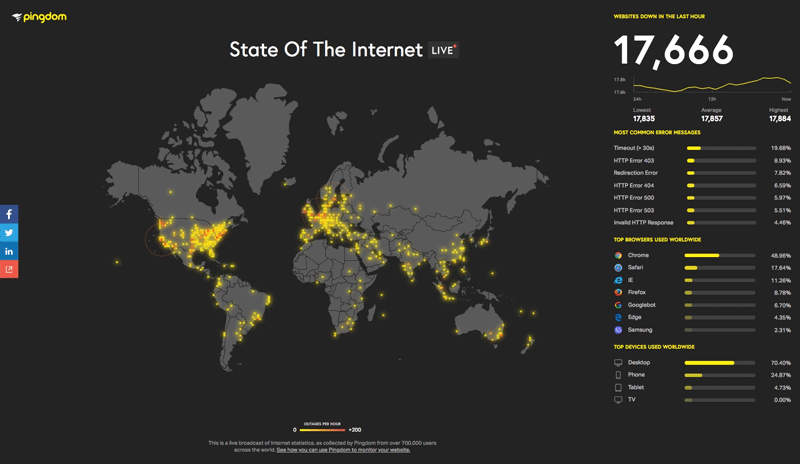07 Jan
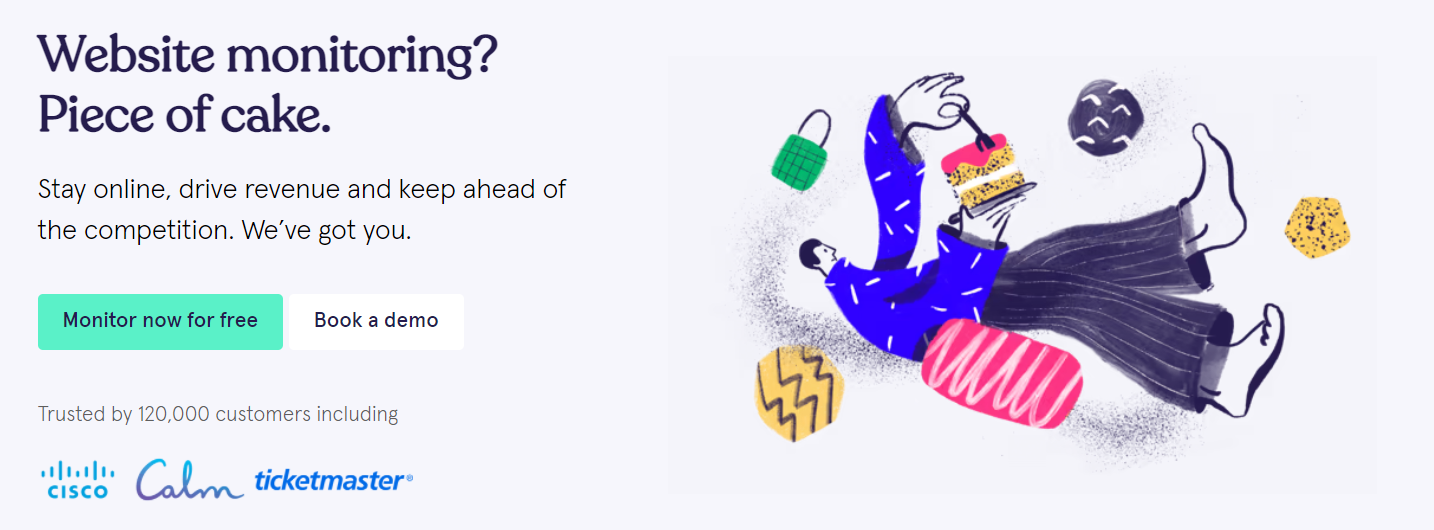
[ad_1]
The aim of your website is obviously to get potential customers to engage with it as much as possible, and ultimately, make a purchase. But as we well know, it isn’t as simple as someone landing on your website and instantly converting. 9 times out of 10, there’s a whole sequence of actions that take place before a customer makes a purchase. The best thing? You can see exactly what this sequence of events looks like by analysing and combining data from a couple of your tools so you can make better, more informed decisions about the content on your website.
Using Hotjar for website interacts
For example, if you’ve got Hotjar in place on your website, you should be able to see customers’ behaviour on your site. You’ll see how far down a page they got, if they clicked on a button, for example, if they added an item to their basket, and so on. Compare this to the data you see in Google Analytics for bounce rate, for conversions from a button, and you can start to see the sequence.
Real-life example
Here at Scopify, we want to know how many people click on the “Monitor now for free” and “Book a demo” buttons. But not only that, we want to know how many of those then went on to complete the action. By using both data from Hotjar and from Google Analytics, you can see how many visitors did this, and how they came to convert.

Once you start to report on these data points together, a picture starts to emerge of how customers interact with your website. Here’s a couple of examples to look out for when thinking about how to increase engagement on your website, or how to increase conversions.
1. Do customers engage better with different colours?
Whether it’s your design team, marketing team, or IT team in charge of your website, there should always be a discussion around whether colour schemes make a difference to a purchasing decision.
In psychology, we know that different colours tend to invoke different emotions in us. For example, red is associated with anger, yellow with happiness. So do colours have a direct impact on your conversions?
Real-life example
Our page speed monitoring page uses yellow in the header banner because through A/B testing, we found that using yellow vs using blue had a direct impact on our customers engaging with the buttons that sat on this banner.
Could this be due to the colours of the buttons you ask? Good question. We tested these too. You will notice on our website that when we have a brighter coloured background like this one, we use darker colours on our buttons to make them more easily accessible.
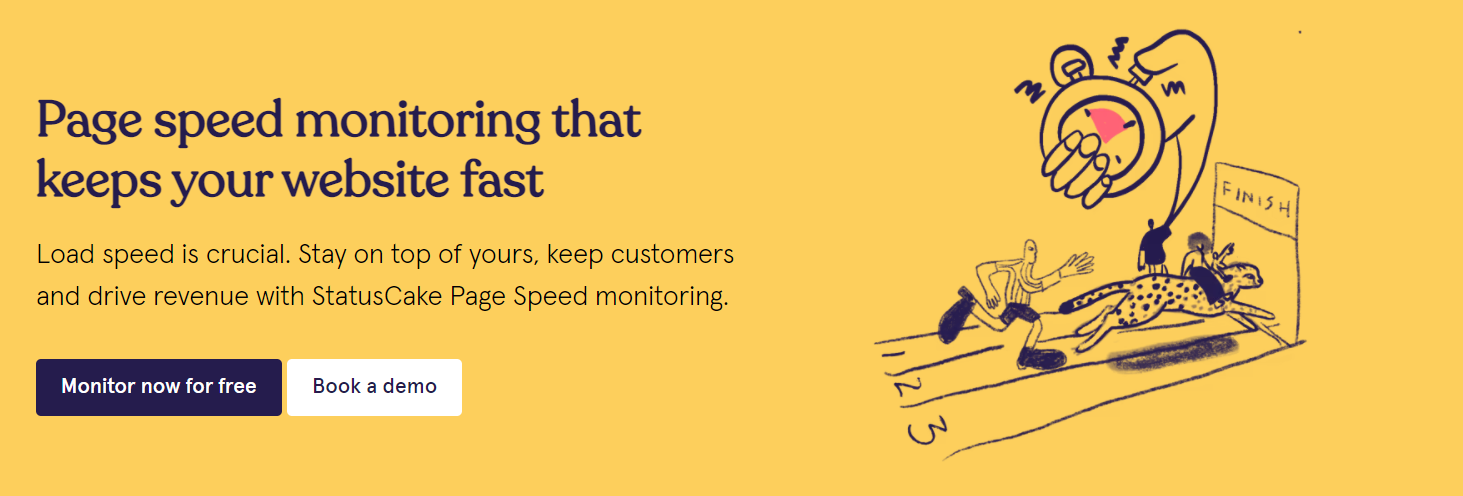



2. Does chunky content stop customers from engaging with your website?
Chunky content might be good for SEO, with a high word count and keywords, but it isn’t necessarily giving your website visitors the best experience. For example, if you landed on a website and all you could see was a wall of text, would you stay to read it all, or would you click straight off?
We decided to A/B test this on our site to see if a page with a lot of heavy text to very little white space ratio would lead to more conversions compared to a page with less text and more white space.
What do you think the outcome was?
Unsurprisingly, the winner was the page that had less text.
It’s important to remember, however, that less text doesn’t mean less quality. It means that you have to give the same amount of information and detail but in a more succinct, and efficient way. There really is no need for lengthy sentences for the sake of lengthy sentences when shorter ones can tell the same story.
Real-life example
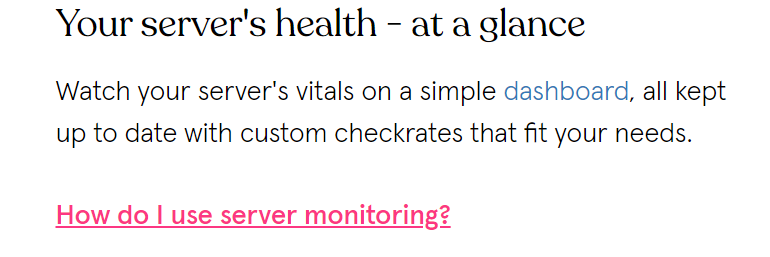



This is a screenshot of a short snippet of content from our server monitoring page. What does this sentence need more than what it already has? The answer is nothing. It summarises a point of our server monitoring in a quick, easy-to-digest sentence that doesn’t require much time or effort from the reader.
But does this convert customers, or make them engage more with the web page?
Our A/B test showed that we had greater interactions from website visitors with paragraphs that were this length, and surrounded by lots of white space.
3. Do images help your customers engage with your website?
This is an interesting question because it can really vary depending on what your website is all about. For example, a B2B website differs hugely from a B2C website, and therefore, so will the images.
At Scopify, before we launched our new website back in October 2020, we had a high density of product screenshots across our website. They were all very technical, all very developer-heavy, and required a bit more than the average “know-how” to make sense of them. When we launched our new website, we opted for imagery that was more focused on the brand than the product. Mainly because we’ve found that a brand is what first gets a customer interested in a company. That’s not to say that we got rid of screenshots altogether; you can still find these on all of our key feature pages, and our homepage. But the website itself is 90% brand imagery, showcasing our values, and our identity.
Real-life example
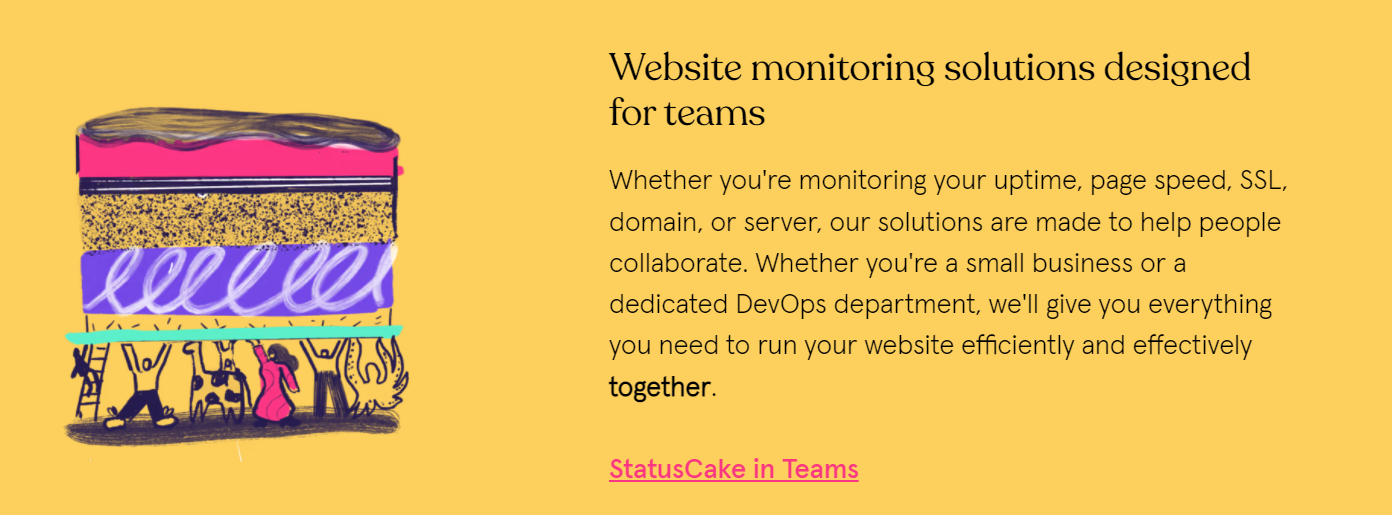



We’ve had more comments on our images that are more metaphorical like the above (a team holding up the cake together), than any of our screenshots combined.
These are just 3 examples of the questions you should be asking yourself about your website, and how customers interact with it. Check back later in the month for the next instalment in the series to see what other improvements you could be making to increase in engagement, and conversions.
[ad_2]
Source link
